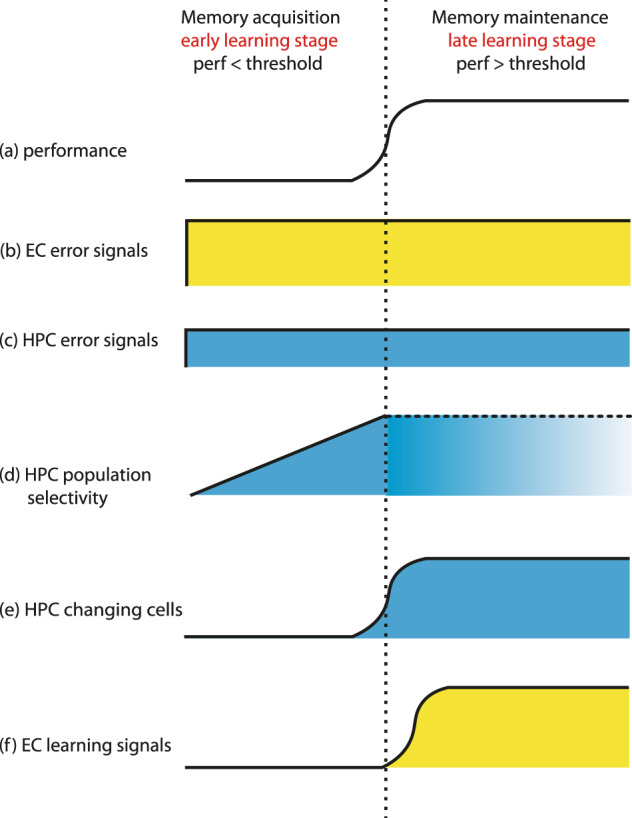Fig. 6. Schematic diagram and time courses of error-detection and learning signals in the EC and HPC.

Based on the performances of the animals (a), learning could be divided into early and late stages: During the early stage of learning (left panel), also termed the memory acquisition stage in the present study, the performance has not reached the learning criteria and the animals still made a lot of behavioral errors. Error signals in EC (b, yellow) and HPC (c, blue) are prominent and do not change over the course of learning, though the error singles are stronger in EC relative to the HPC. The population selectivity in HPC increased after error trials readily in this early stage (d) and cannot be determined during the later stage of learning because there are not enough error trials (usually fewer than 10 errors). Late in learning (right panel), also termed the memory maintenance stage, the performance surpasses the threshold and the error signals in both EC and HPC maintained high (b, c). The learning signals in HPC develop into a sparser representation as changing cells (e) while in EC learning signals also emerged in the error-up cells, which are at the same time the error-detection cells (f). perf: performance.
